
 Tech
Tech
InTheGarageMedia.com


 Photography BY THE AUTHOR
Photography BY THE AUTHORne of the benefits of using a late-model engine, such as the venerable LS-series of GM powerplants, is the fact that they came equipped from the factory with a reliable, serpentine belt setup. Unlike the V-belt systems of old, the serpentine-style requires reduced belt tension, resulting in less stress on the various components’ bearings and seals and increased belt-to-pulley contact ratio, resulting in less belt slippage. Reliability in the upper-rpm range is also a benefit of the serpentine belt design over the old V-belt. Unfortunately, the packaging of many OE serpentine systems can leave something to be desired, not to mention their rather utilitarian appearance. When it comes to building a custom truck with a tidy engine compartment, a stock pulley system just doesn’t cut it. Thankfully, Eddie Motosports (EMS) saw the writing on the wall when they introduced their line of S-Drive serpentine pulley systems a few years back and successfully filled the void.
Since then, EMS has continued to improve upon the S-Drive product line by introducing an eight-rib version in an effort to reduce belt slippage in high performance applications. Their latest offering, dubbed the Pro Touring Kit, expands upon that performance aspect by utilizing not only an eight-rib belt and pulley setup but an additional idler pulley for increased belt wrap on the alternator and power steering pulleys. An oversized pulley on the power steering pump helps slow the pump down during high-rev maneuvers on the autocross track.
But a tight package was only one of EMS’s goals when it came to designing a clean-sheet drive system. Appearance would also be a key factor, so the team knew that they’d need to design a kit that looked as good as it performed, available in several different finishes to boot. But even more important was the performance aspect of the kit, not only as a whole but as it pertains to the individual components as well. To that end, EMS teamed with some of the most respected names in the industry to provide the individual components, such as Tuff Stuff/PRW for the water pump and Powermaster for the alternator of every kit they manufacture. This ensures that not only will the kit function as advertised, it will do so over a wide swath of performance variables for a long time to come.
When it came time to choose a pulley setup for the LS engine in our project ’64 C10 it should come as no surprise that we opted for an EMS S-Drive kit. Their reputation for reliability combined with the ease of installation made the decision an easy one. With a clear afternoon, we cleaned off a work bench at the In The Garage Media Tech Center and unwrapped and installed our EMS S-Drive Plus Serpentine Kit on our iron-block LS engine. We think the resulting black-on-black engine package will look great in the C10 and will provide years of reliable motorvation as well!

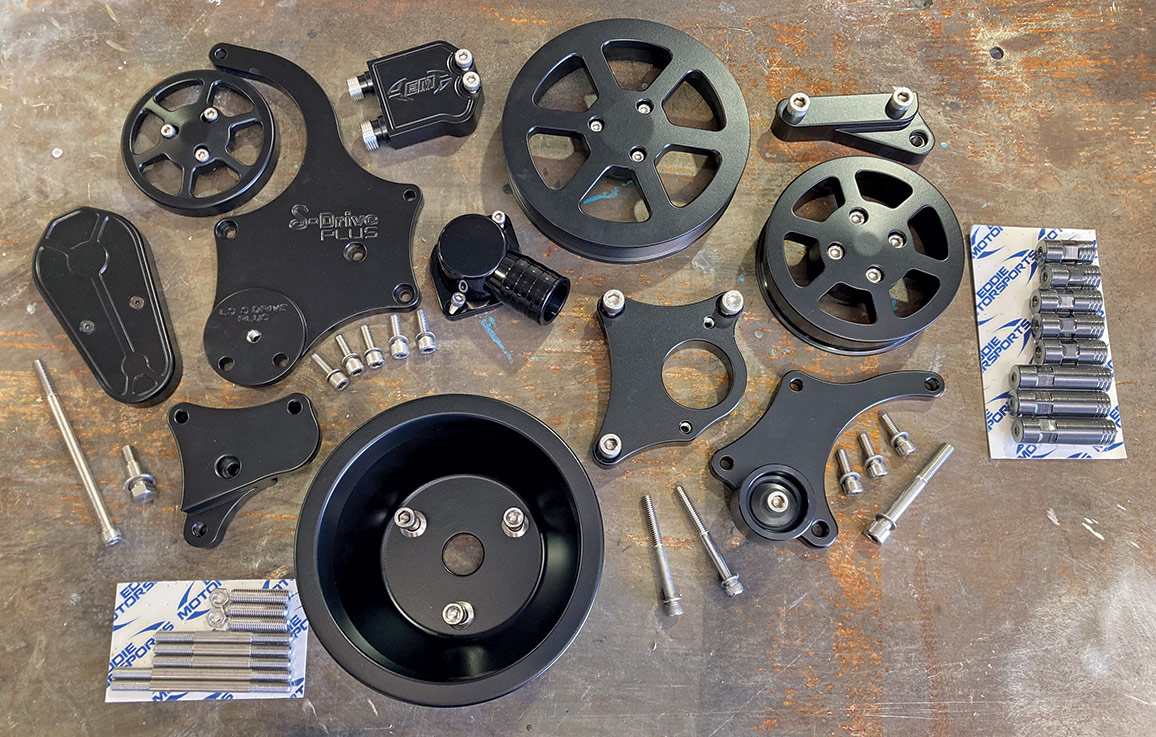
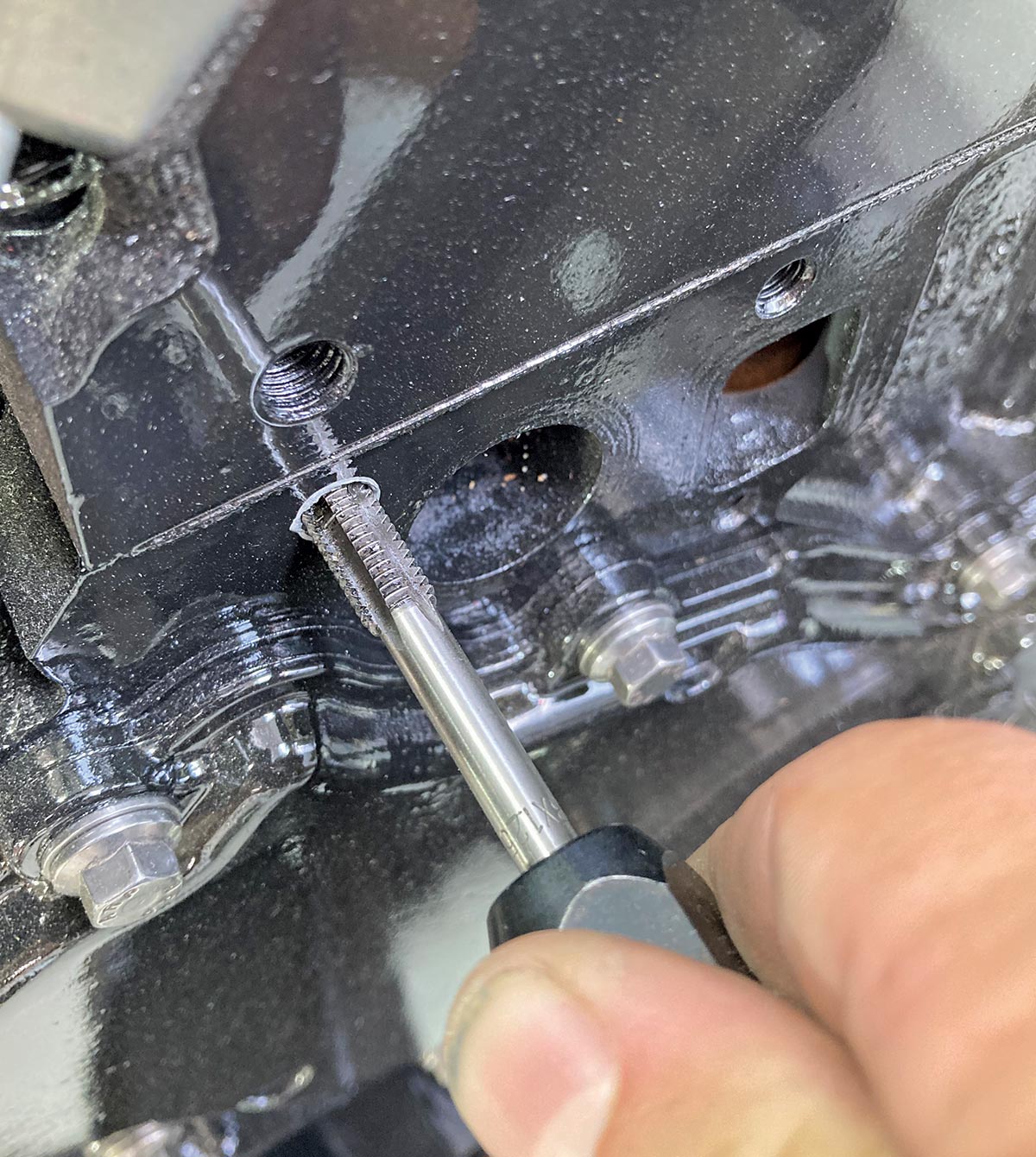

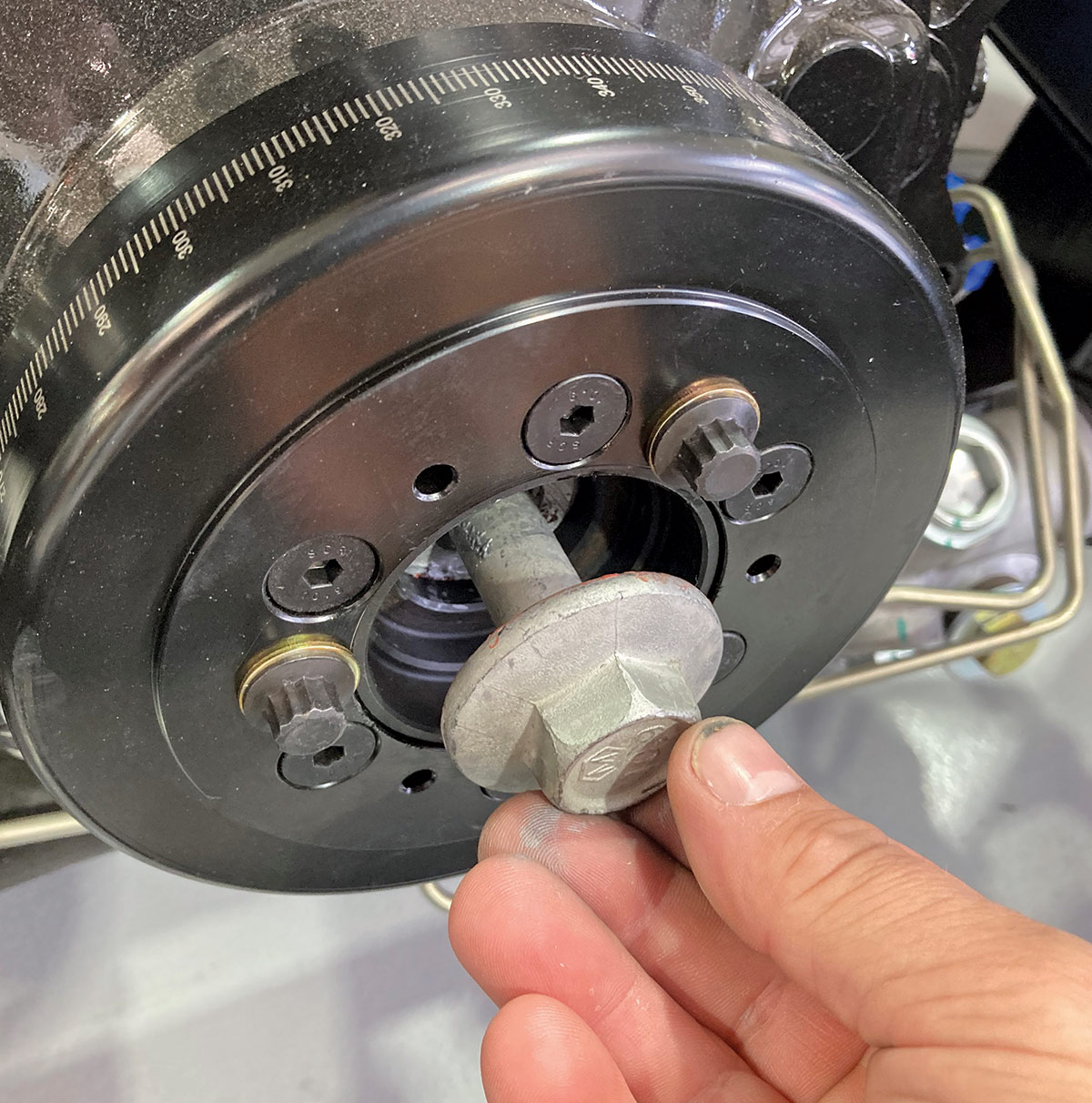
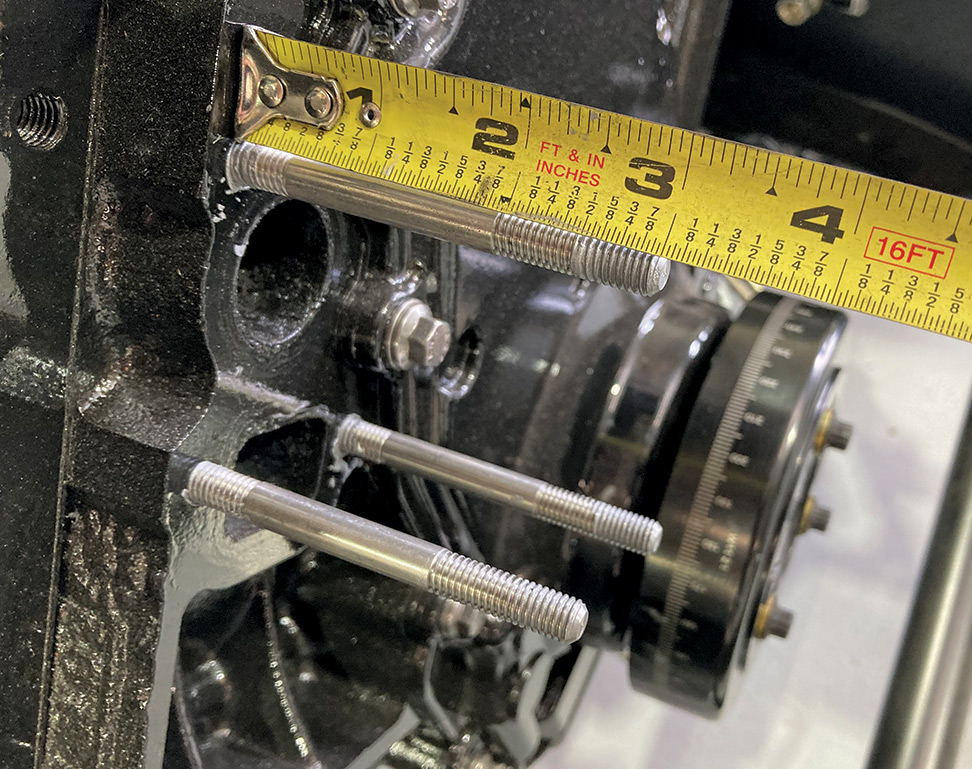
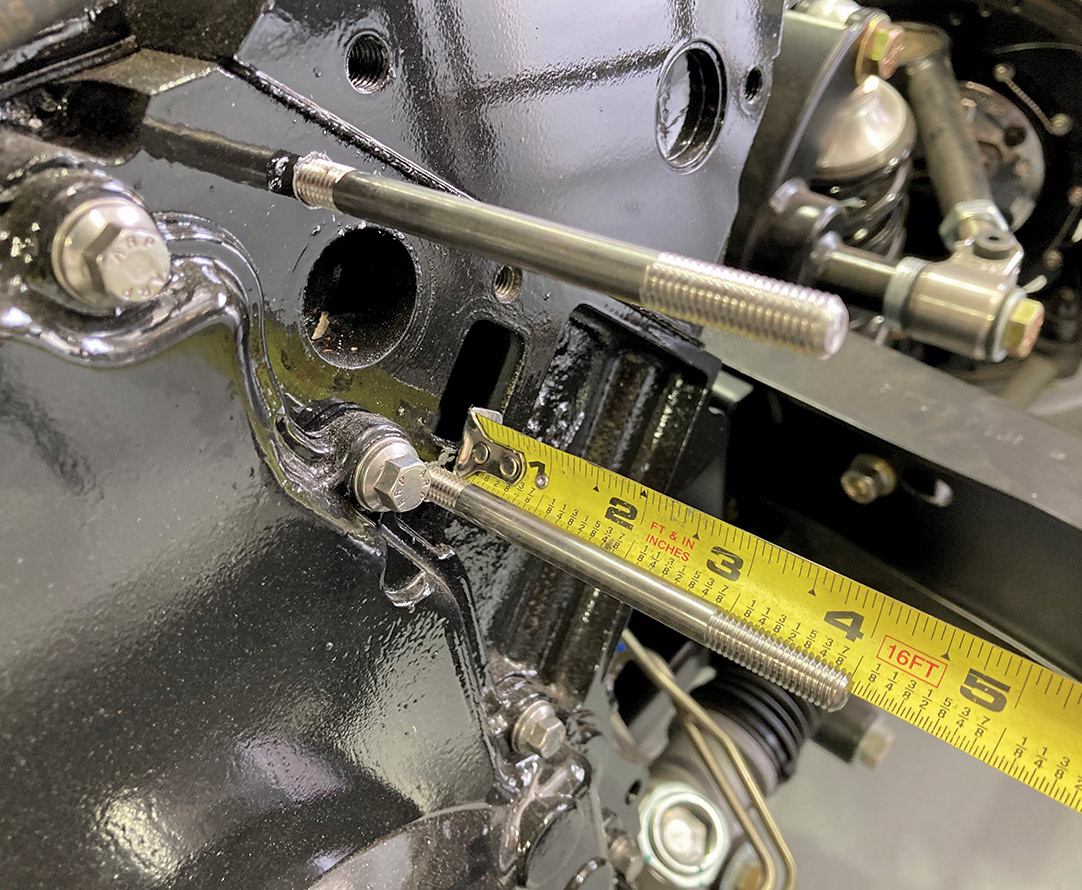
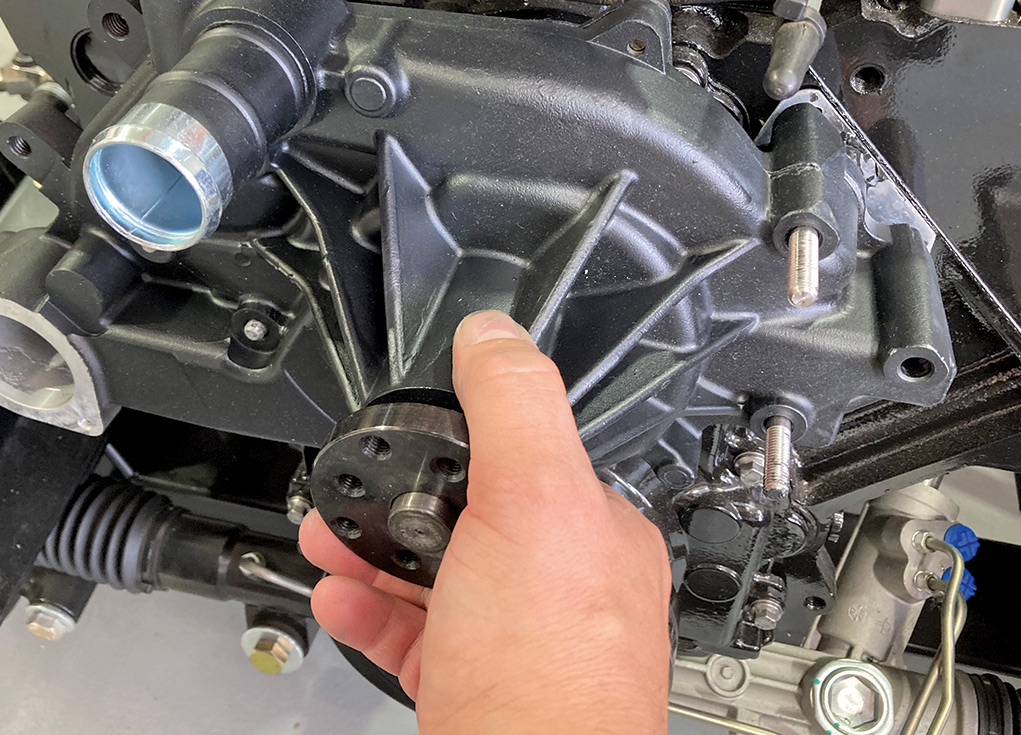
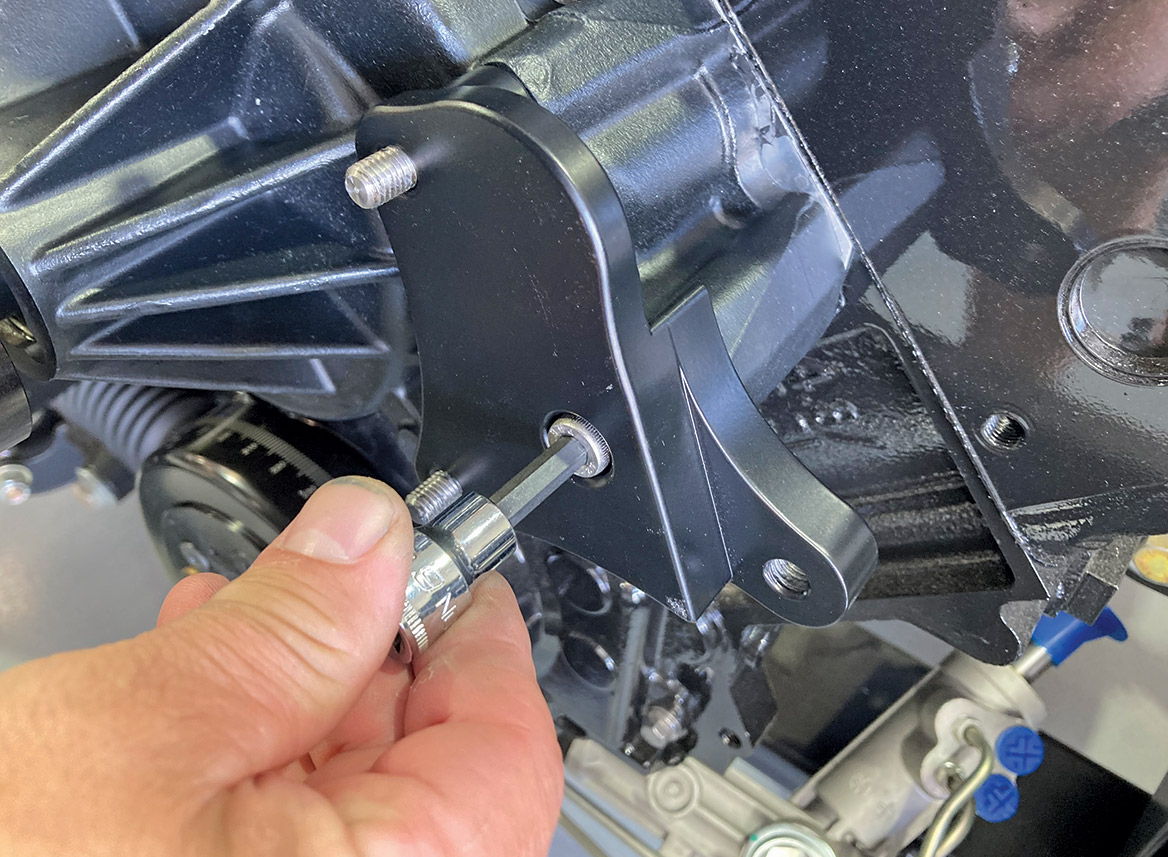

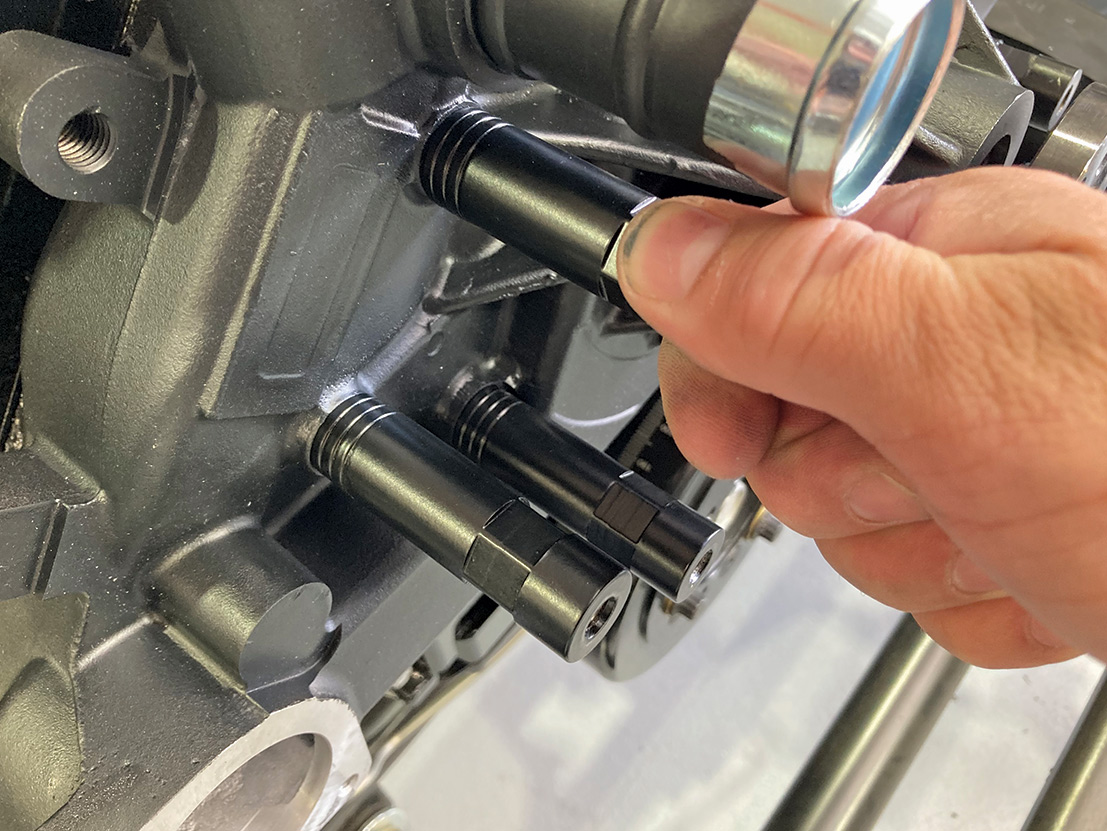

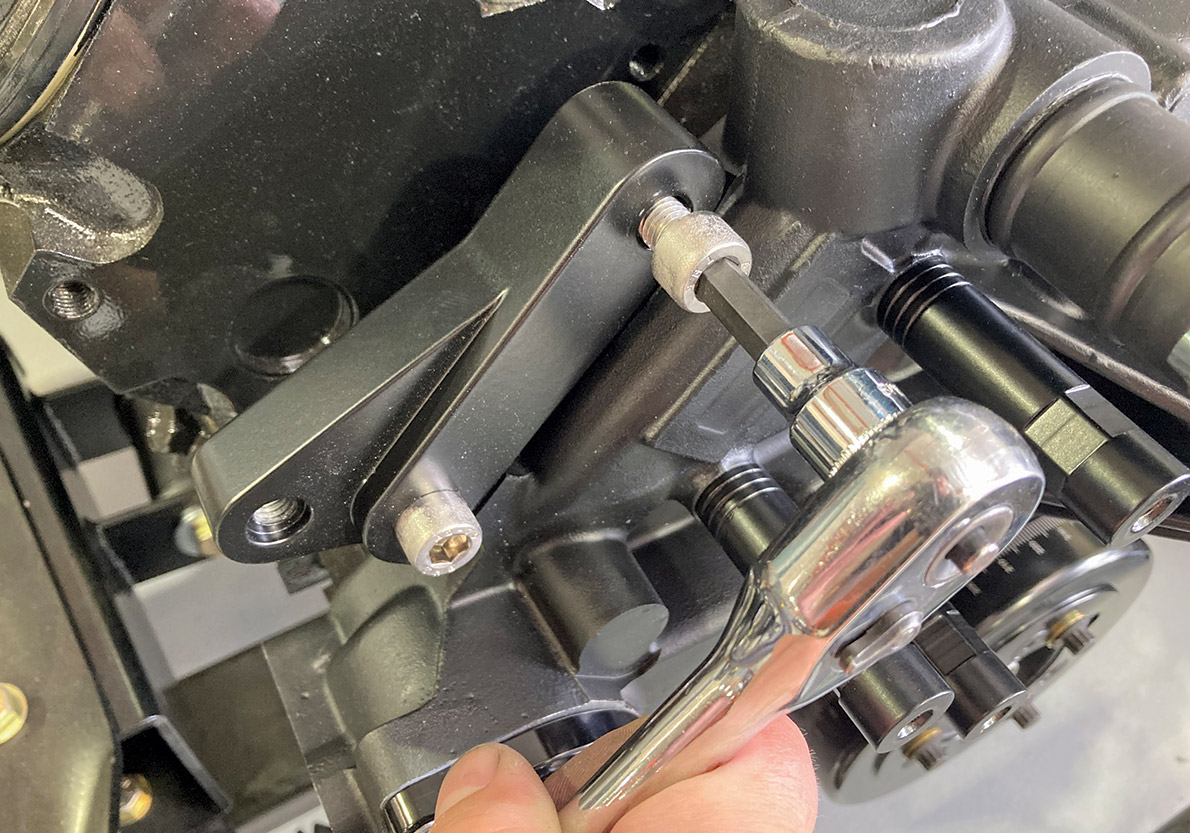

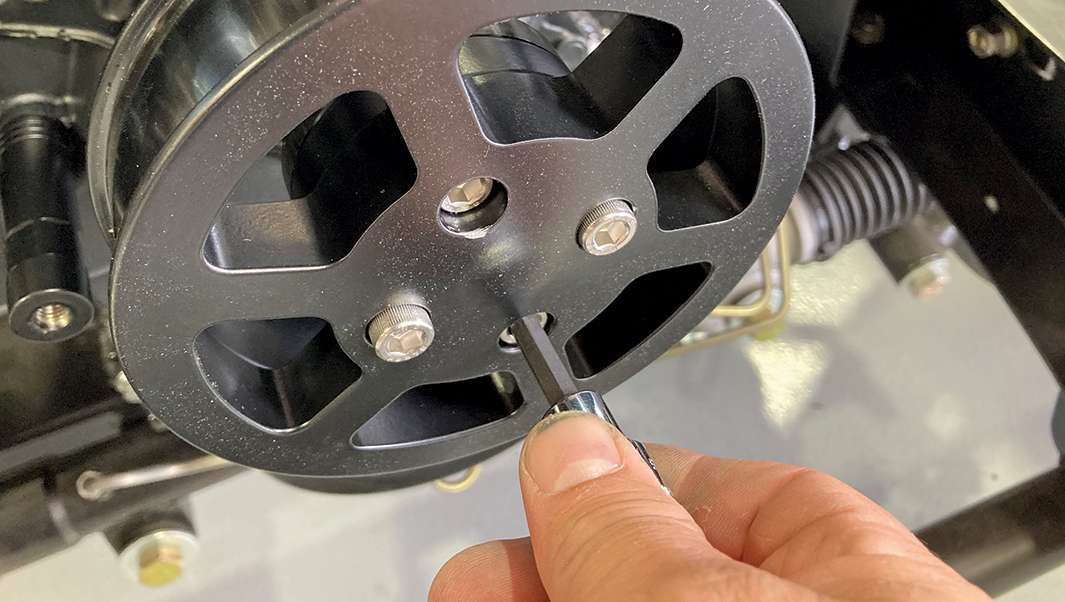
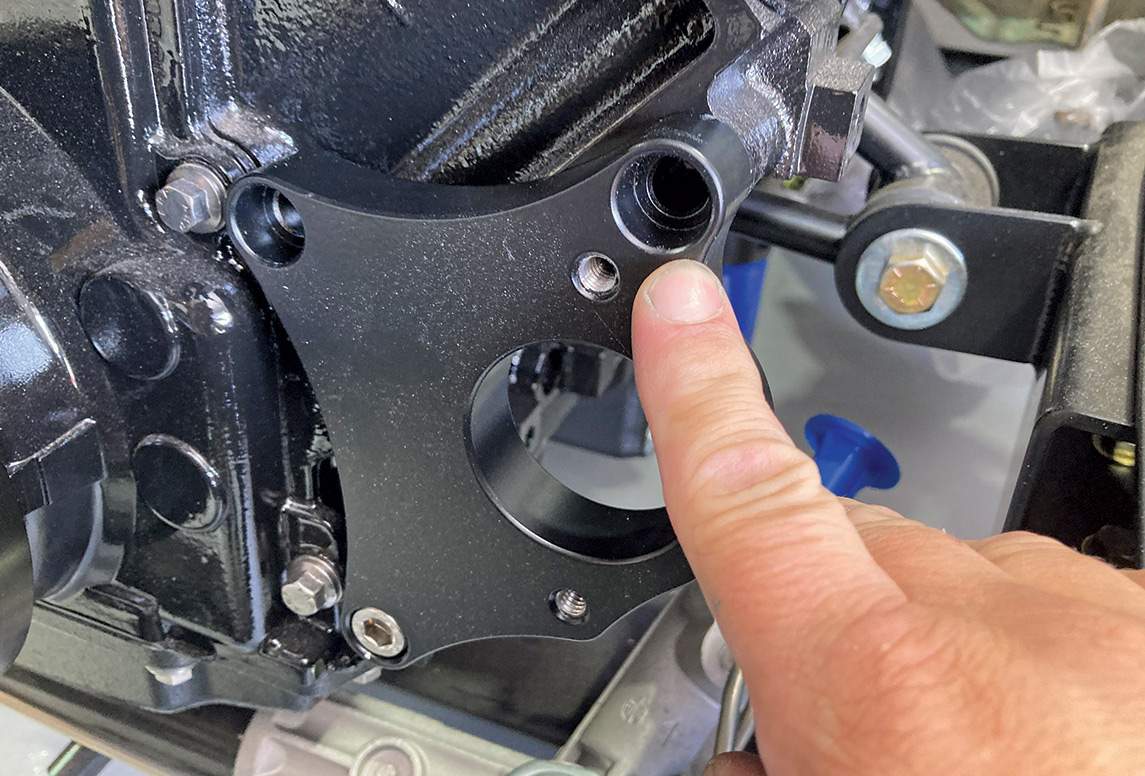
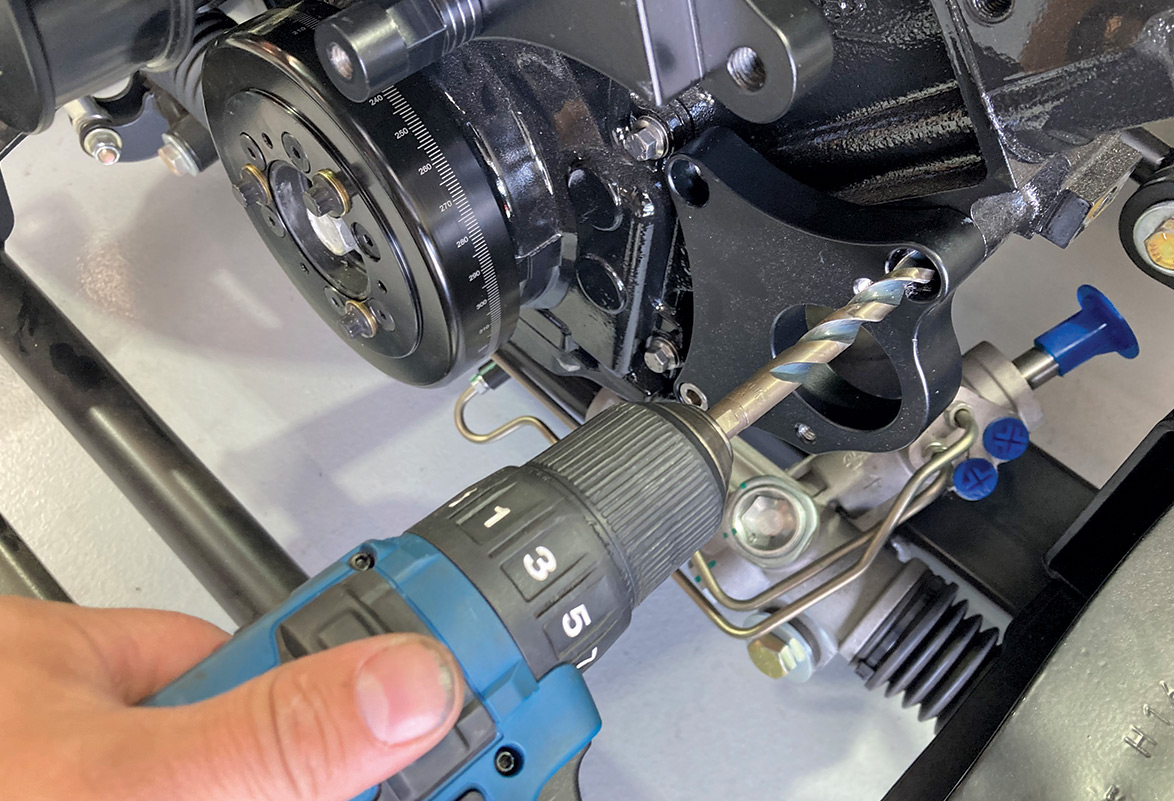
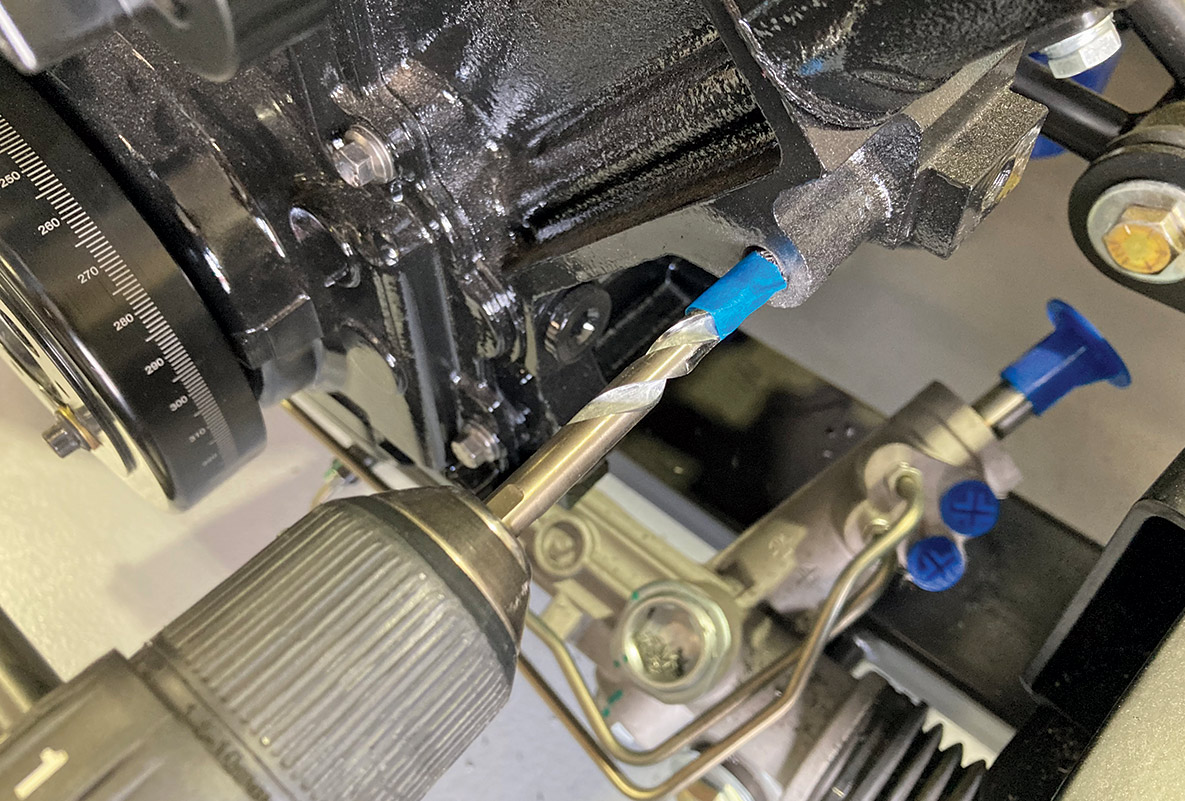
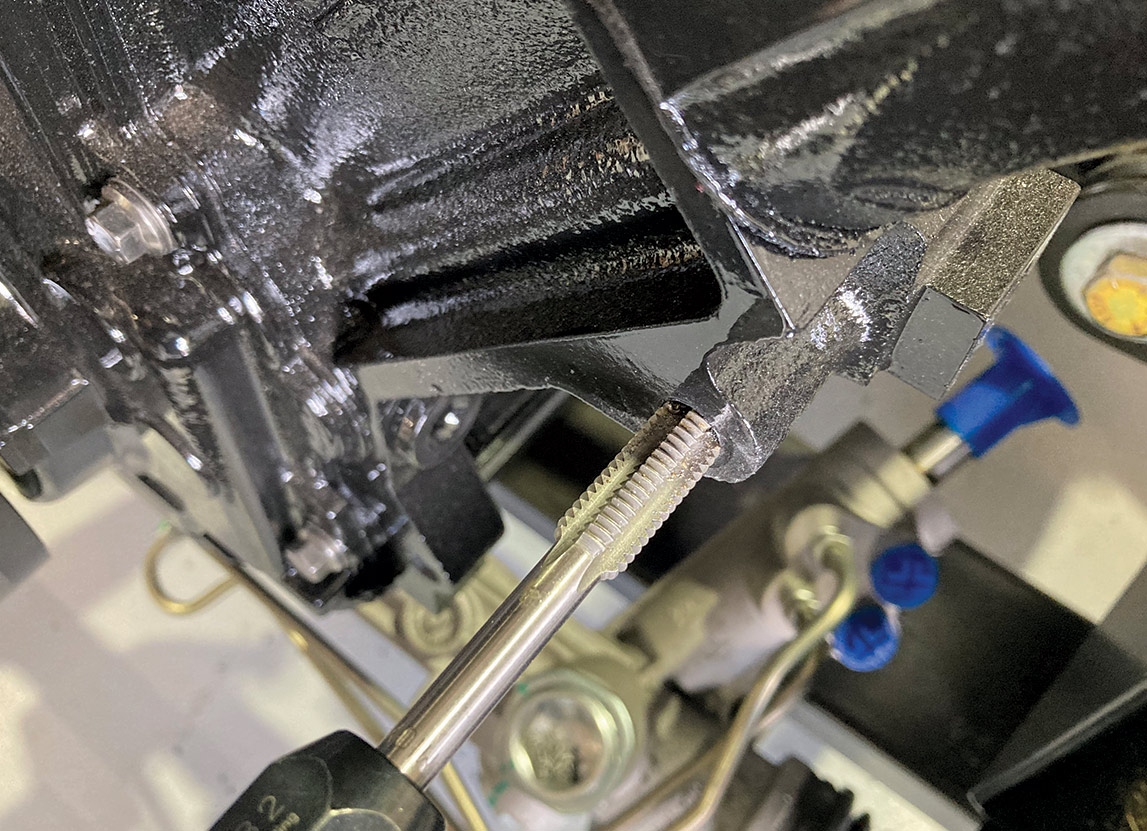
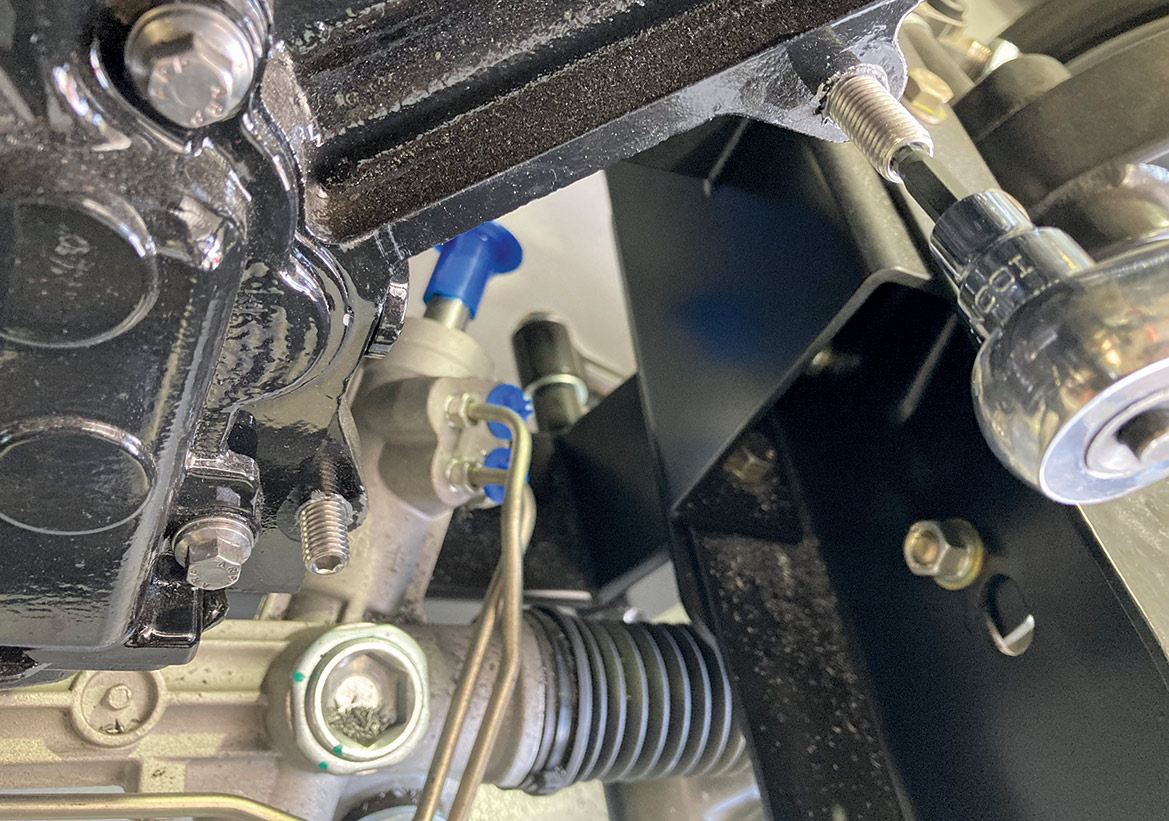


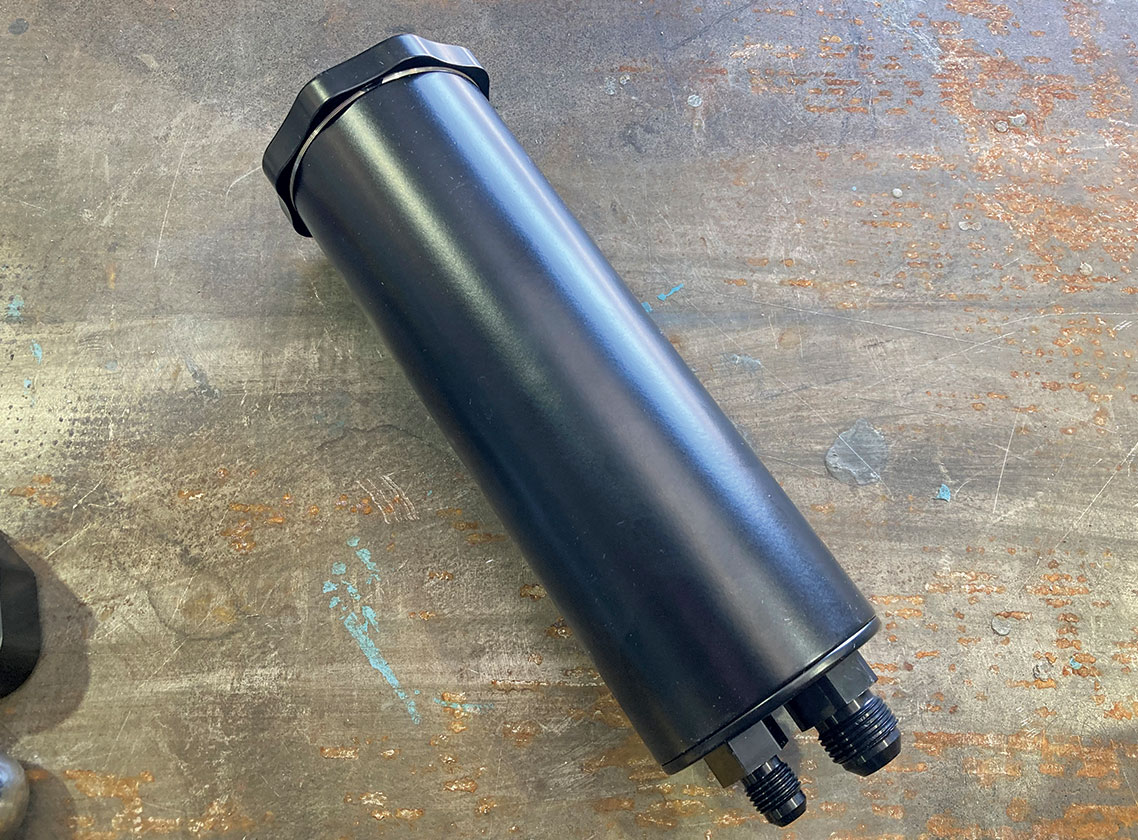
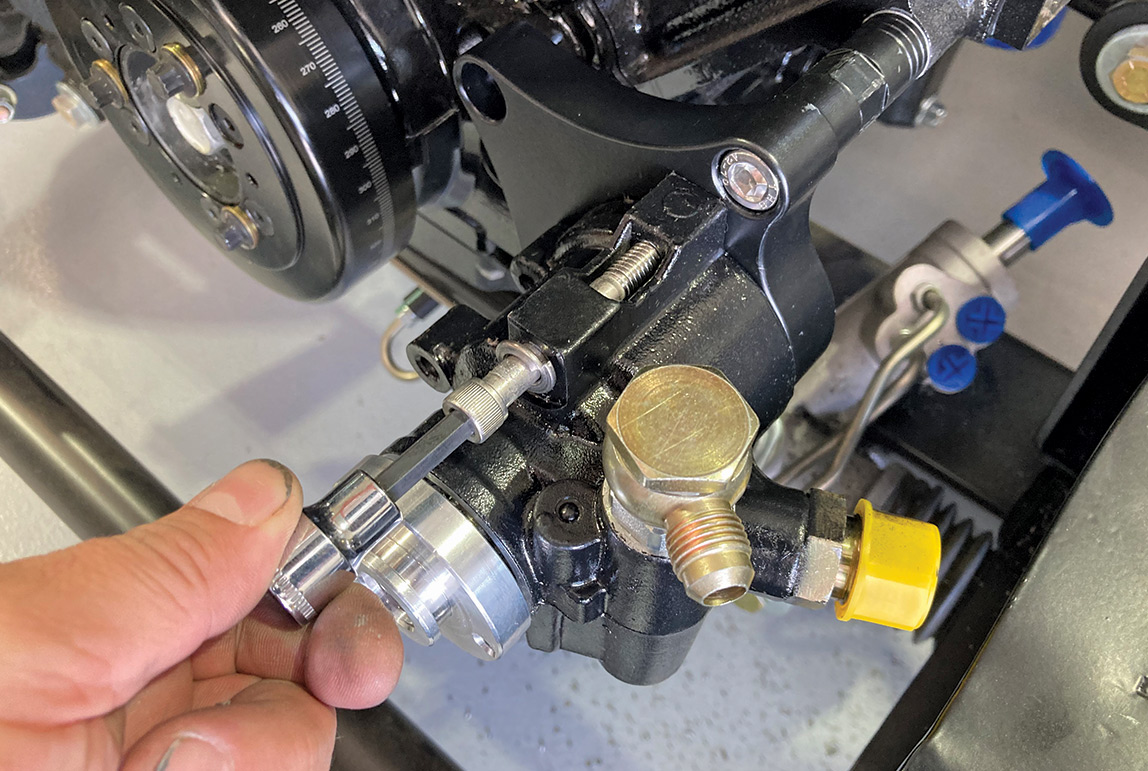
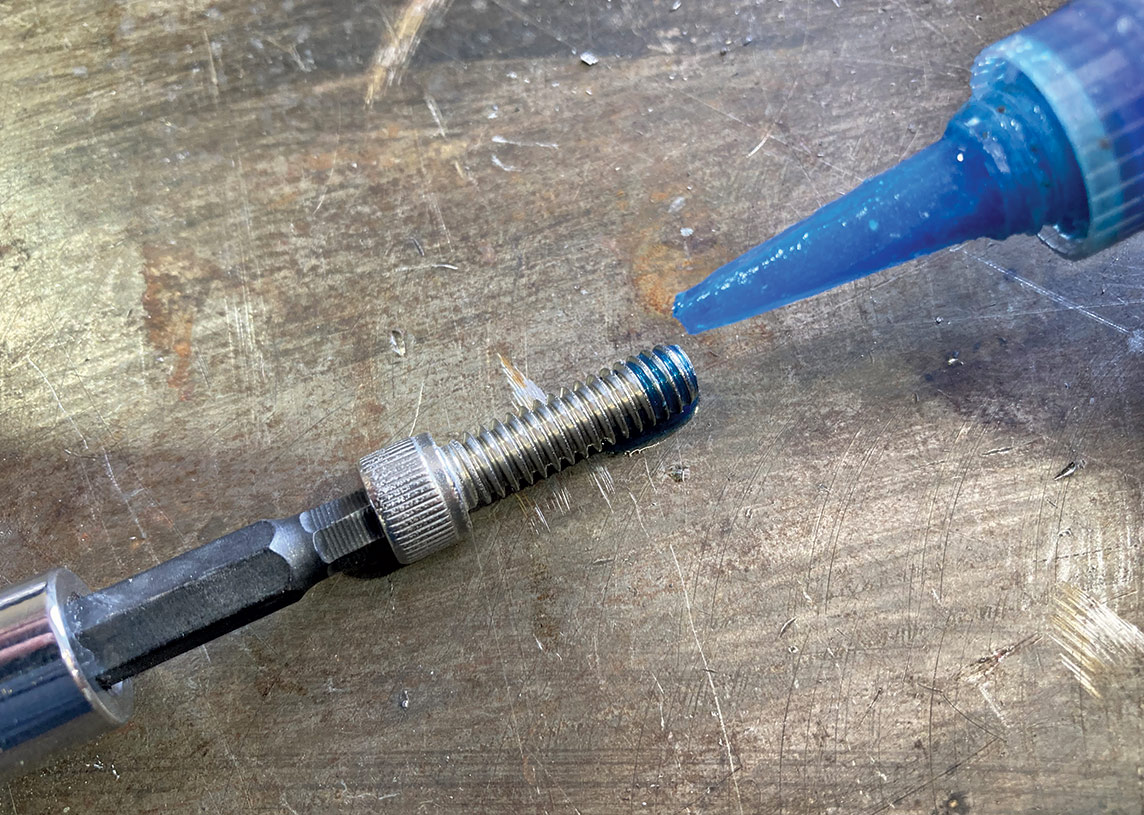
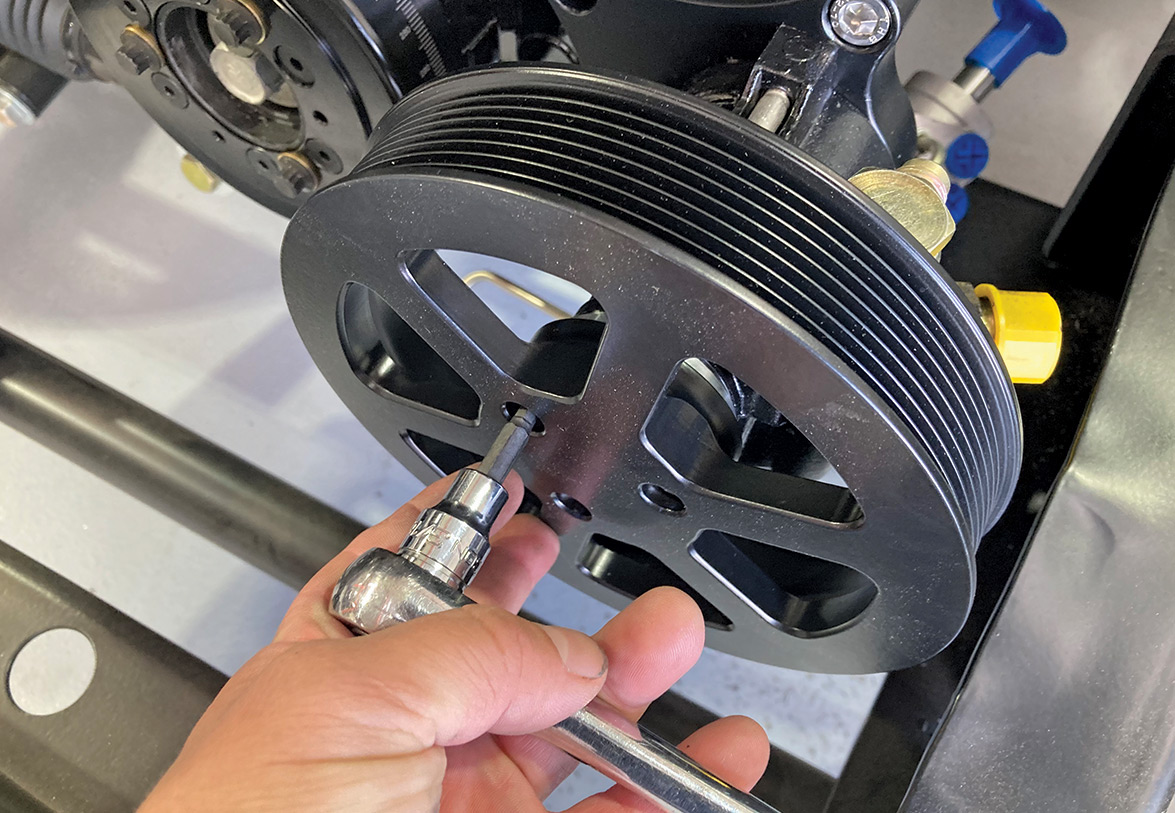
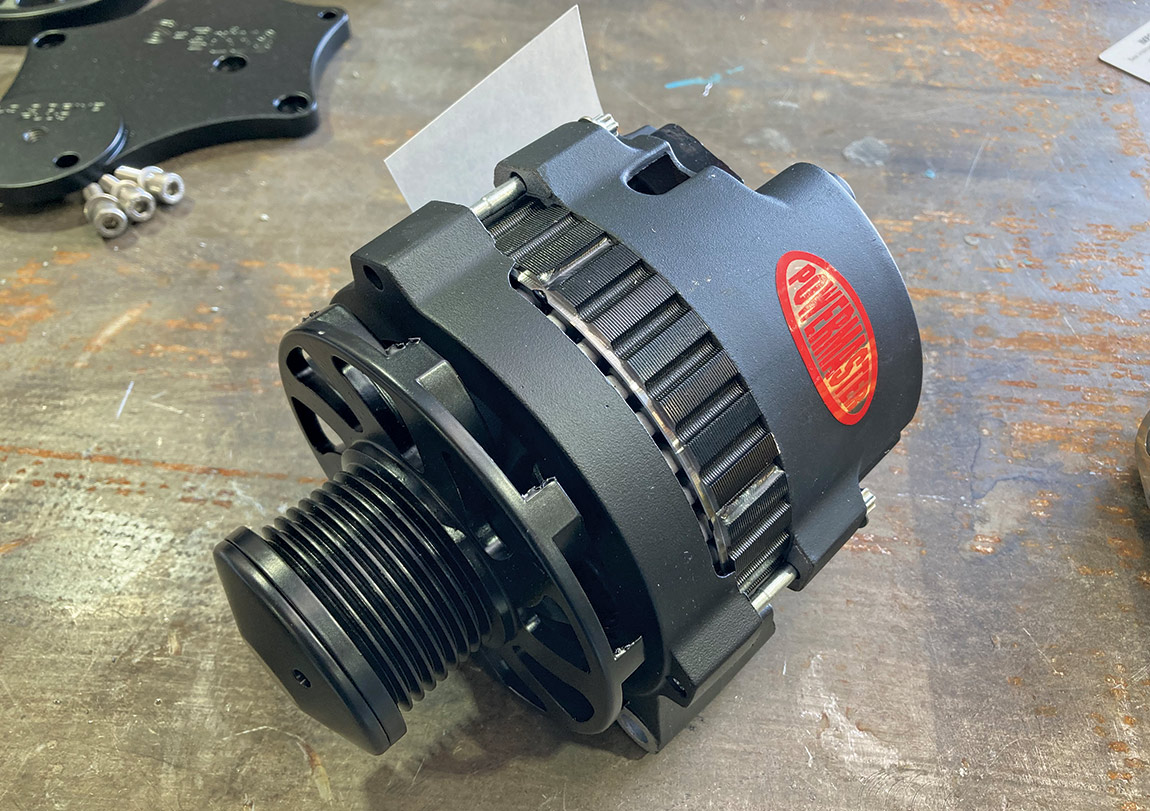

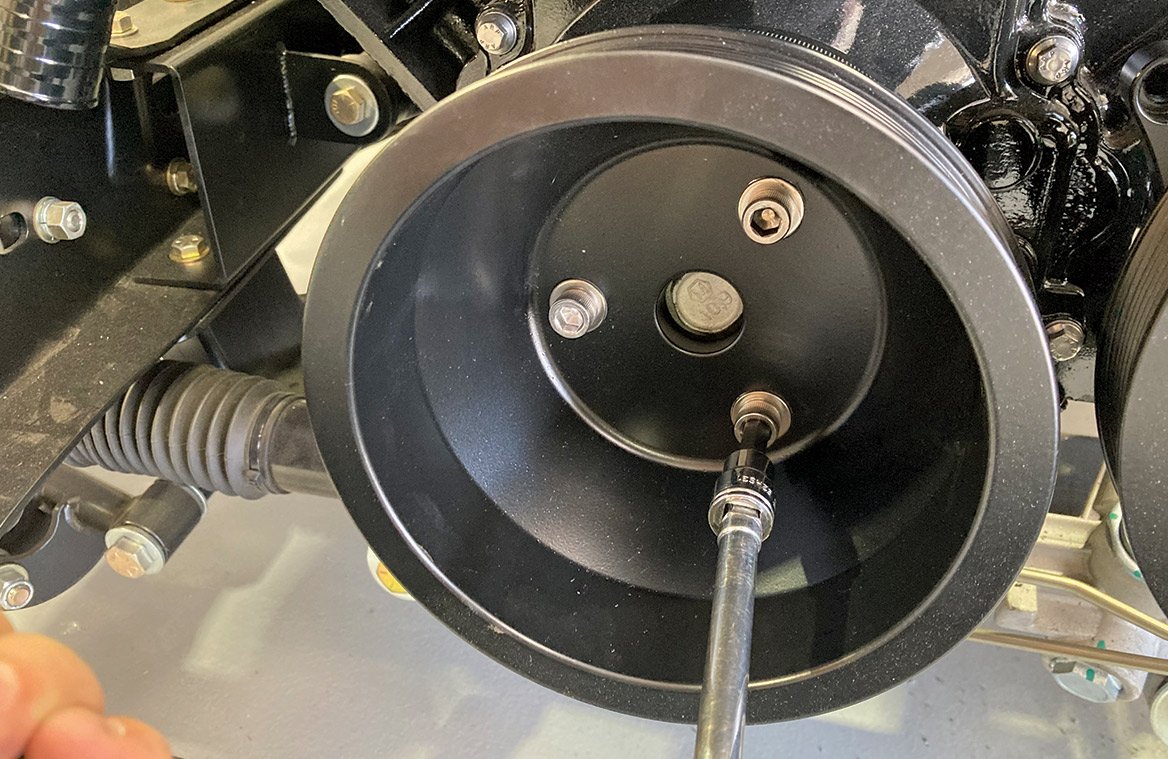
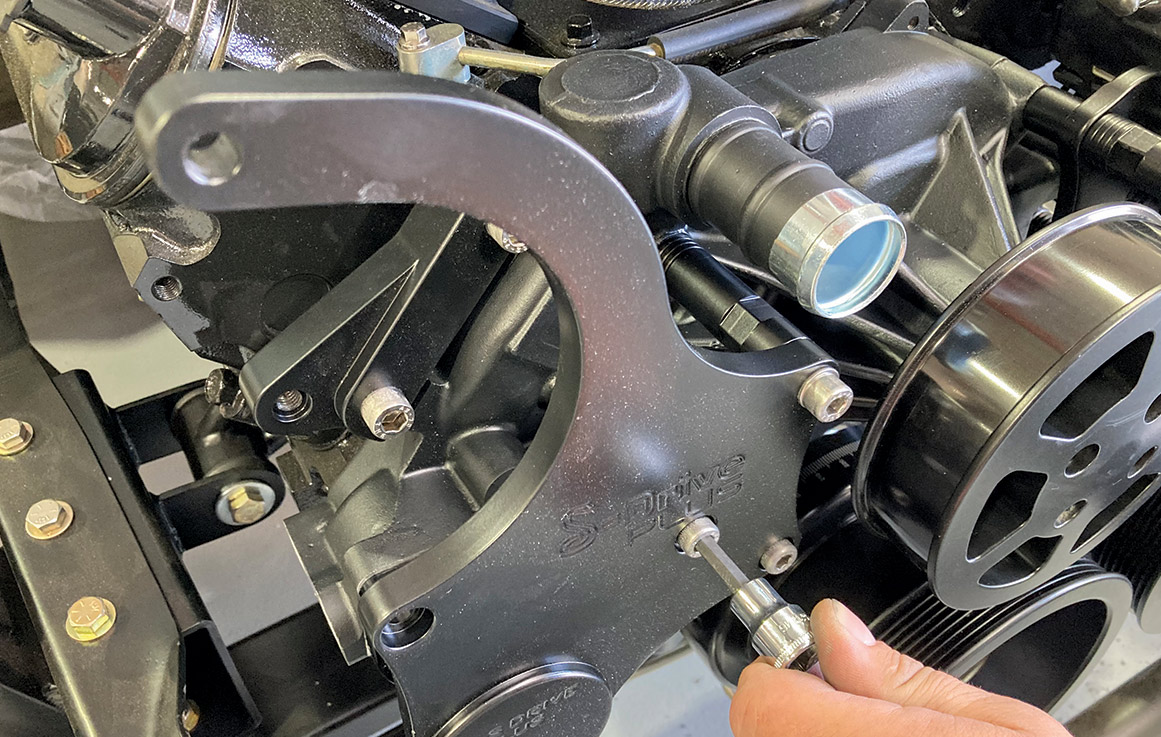
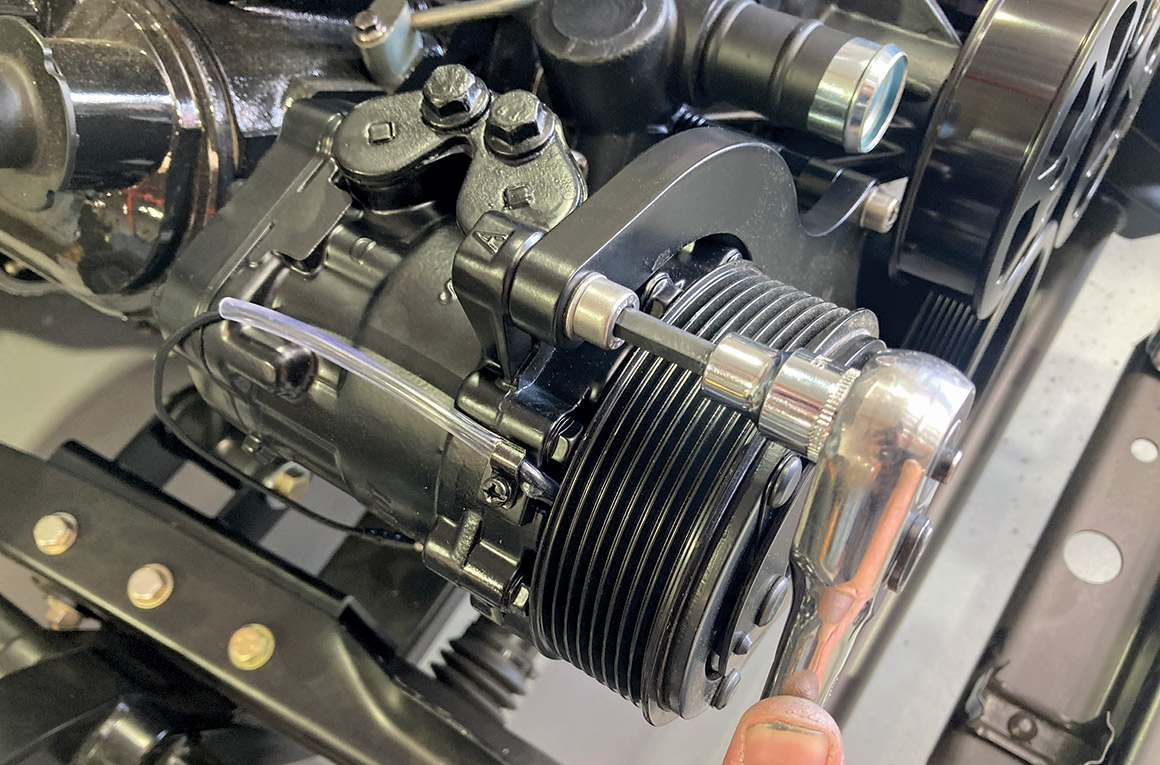

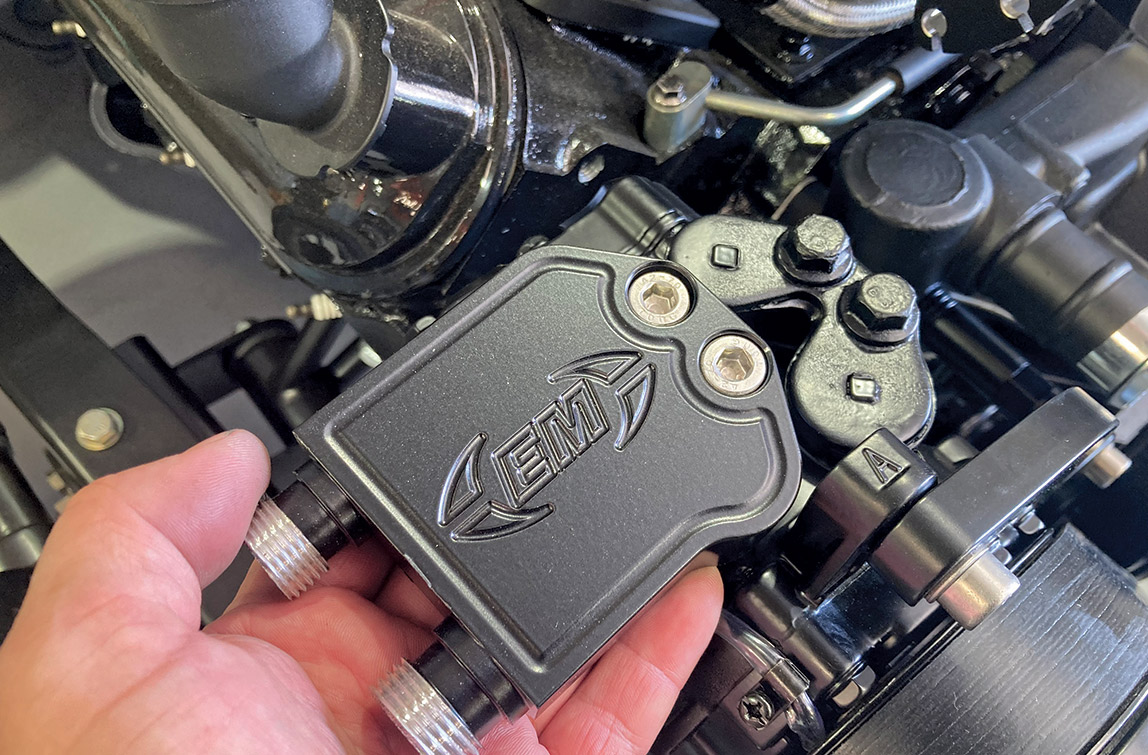
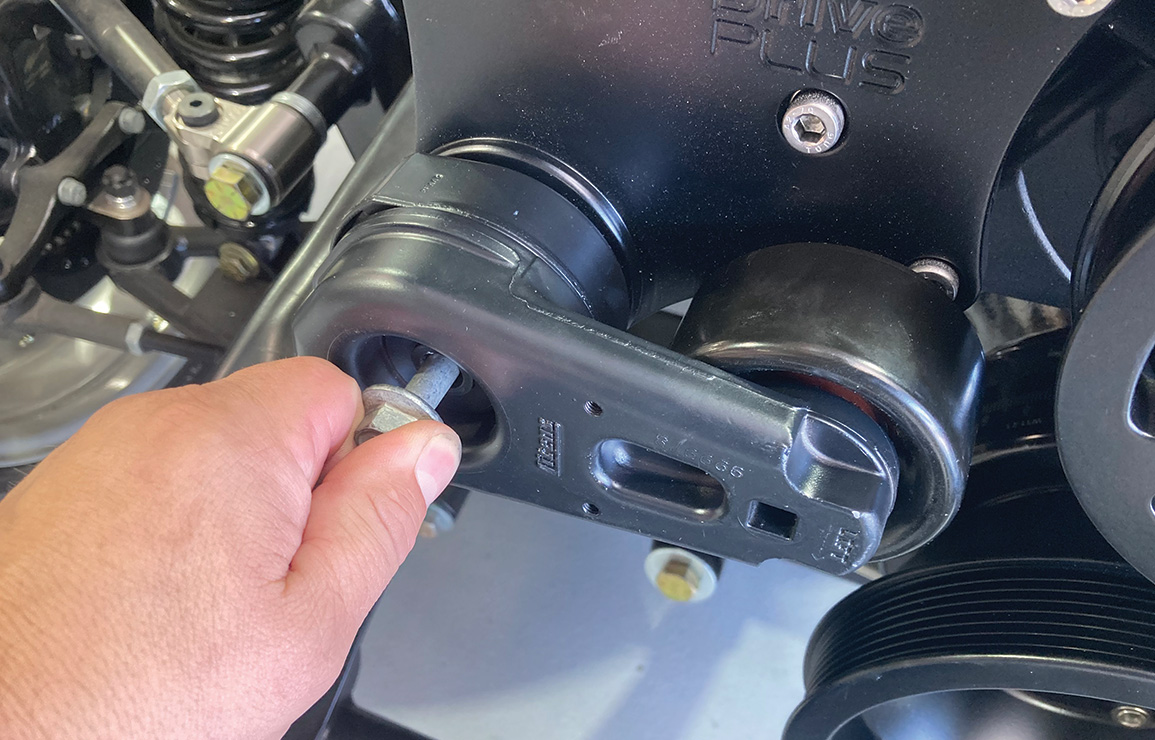
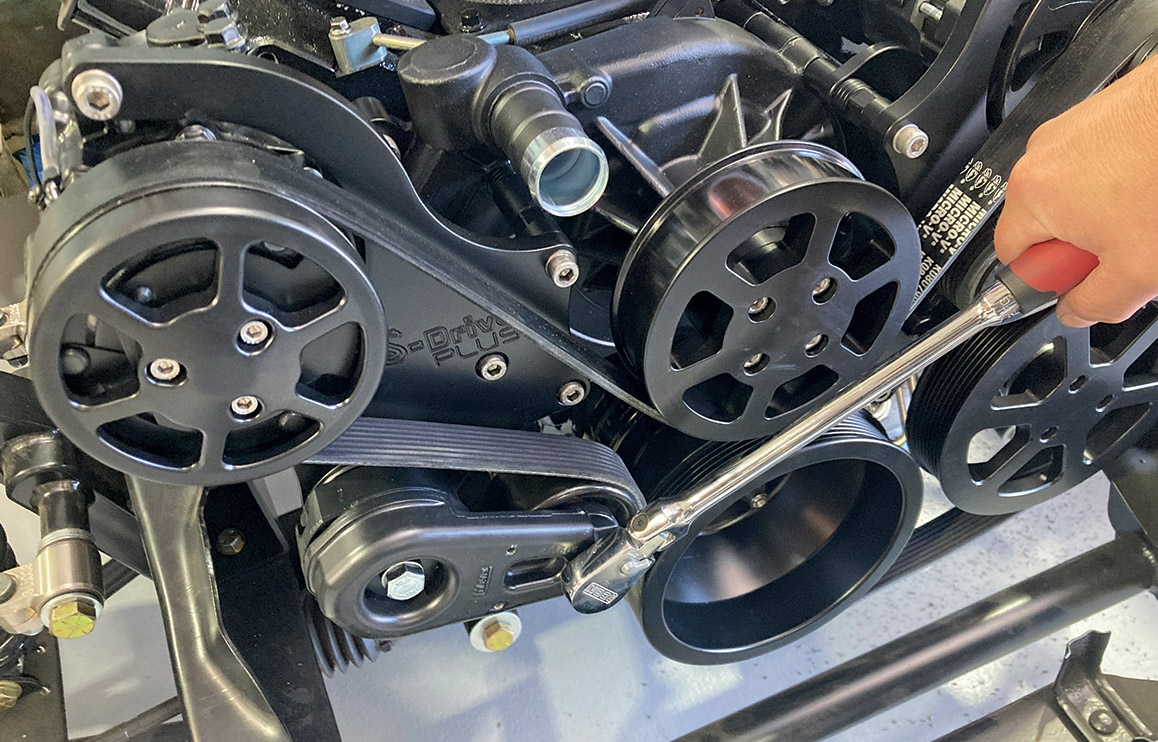

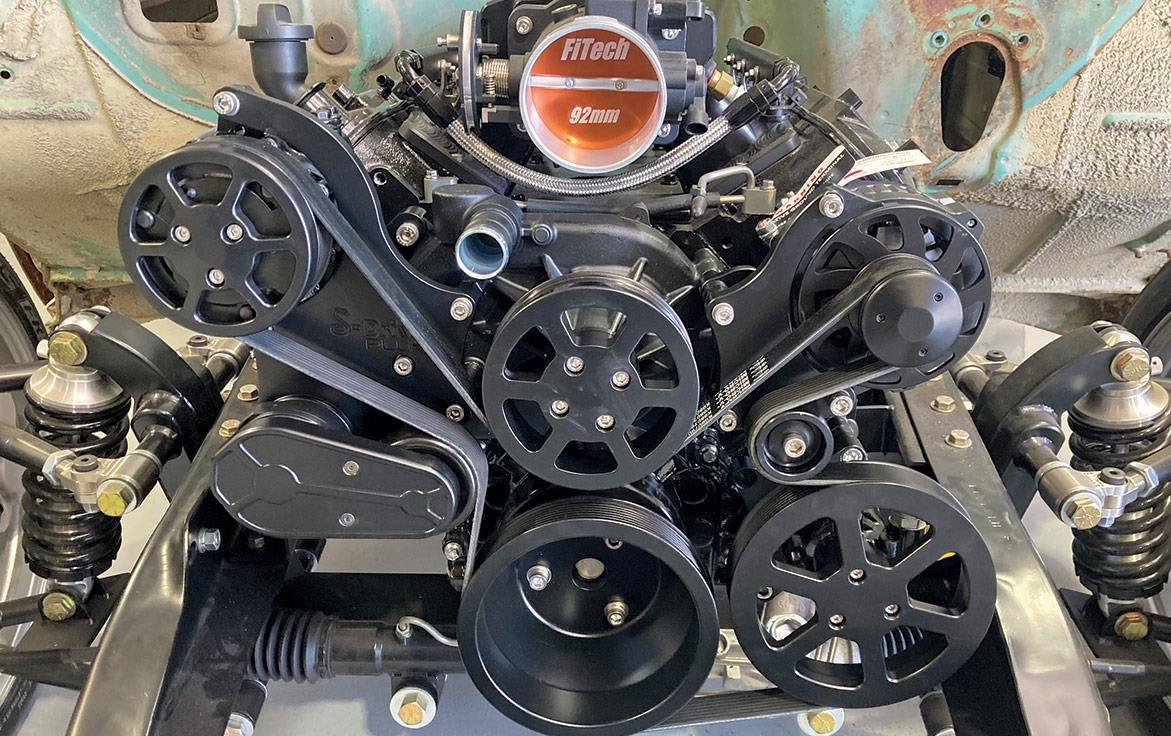

 SOURCE
SOURCE